Home>Gardening & Outdoor>Outdoor Recreation & Activities>How To Repair A Swimming Pool Pump
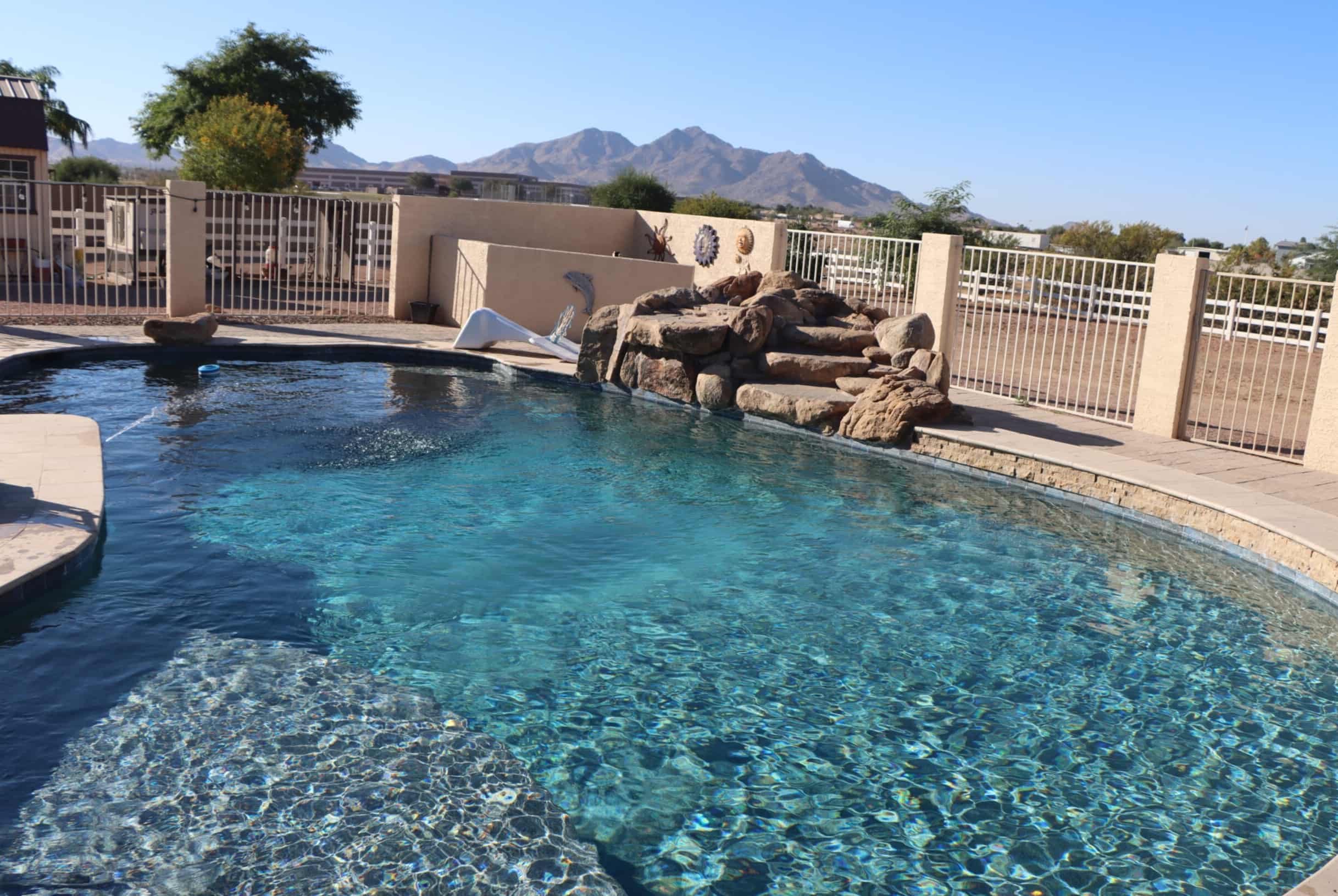

Outdoor Recreation & Activities
How To Repair A Swimming Pool Pump
Modified: August 16, 2024
Learn how to repair a swimming pool pump with our comprehensive guide. Keep your outdoor recreation and activities running smoothly with our expert tips.
(Many of the links in this article redirect to a specific reviewed product. Your purchase of these products through affiliate links helps to generate commission for Storables.com, at no extra cost. Learn more)
Introduction
A swimming pool pump is a vital component of any pool system, responsible for circulating water, maintaining cleanliness, and ensuring proper filtration. Over time, wear and tear can take a toll on the pump, leading to issues such as leaks, reduced efficiency, or complete malfunction. When faced with a malfunctioning pool pump, it's essential to address the problem promptly to prevent further damage and maintain the pool's functionality.
In this comprehensive guide, we will walk you through the step-by-step process of repairing a swimming pool pump. Whether you're a seasoned DIY enthusiast or a novice homeowner looking to tackle this task for the first time, this guide will equip you with the knowledge and confidence to effectively troubleshoot and restore your pool pump to optimal working condition.
By following the detailed instructions and utilizing the right tools and materials, you can save time and money by avoiding the need for professional assistance. Additionally, taking on this repair project yourself can provide a sense of accomplishment and a deeper understanding of your pool's mechanics.
From inspecting the pump for damage to cleaning and replacing essential components, such as the O-ring and seals, we will cover each critical step in the repair process. By the end of this guide, you will have the expertise to identify, address, and resolve common pool pump issues, ensuring that your pool remains a refreshing oasis for relaxation and enjoyment.
So, roll up your sleeves, gather your tools, and let's dive into the process of reviving your swimming pool pump to its former glory. With a bit of patience and determination, you'll soon have your pool pump humming with efficiency once again.
Key Takeaways:
- Repairing a swimming pool pump involves gathering tools, inspecting for damage, cleaning, and replacing components like O-rings and seals. Following these steps can save time and money while ensuring a well-maintained pool.
- Turning off the power, thorough inspection, and meticulous reassembly are crucial for a successful pump repair. Regular maintenance and proactive checks can prolong the pump’s lifespan and keep the pool system efficient.
Read more: How To Empty A Swimming Pool
Step 1: Gather Necessary Tools and Materials
Before embarking on the repair of your swimming pool pump, it's crucial to gather all the essential tools and materials to ensure a smooth and efficient process. Having the right equipment at your disposal will enable you to tackle each step with confidence and precision, ultimately leading to a successful repair outcome.
Here's a comprehensive list of the tools and materials you'll need:
Tools:
- Screwdriver Set: A set of screwdrivers, including flathead and Phillips head varieties, will be essential for disassembling and reassembling the pump components.
- Adjustable Wrench: This versatile tool will come in handy for loosening and tightening various fittings and connections within the pump.
- Pliers: Both regular and needle-nose pliers will be useful for gripping, pulling, and maneuvering small parts during the repair process.
- Socket Set: A socket set with various sizes will facilitate the removal and installation of bolts and nuts on the pump.
- Pipe Cutter or Hacksaw: In case you need to replace any piping or fittings, a pipe cutter or hacksaw will be necessary for precise cutting.
- Multimeter: This tool will allow you to test electrical components and connections for continuity and voltage, aiding in diagnosing electrical issues.
Materials:
- Replacement O-Ring: It's advisable to have a replacement O-ring on hand, as this component is prone to wear and tear and may need to be replaced during the repair.
- Replacement Seals: Depending on the pump model, you may require specific replacement seals to address any leaks or damage.
- Lubricant: A pool-safe lubricant will be essential for ensuring smooth installation of O-rings and seals, as well as lubricating moving parts.
- Cleaning Solution: A mild cleaning solution or vinegar will be useful for removing debris and buildup from the pump components.
- Replacement Parts (If Needed): Depending on the inspection findings, you may need to procure additional replacement parts such as impellers, gaskets, or bearings.
By ensuring that you have all the necessary tools and materials at your disposal, you'll be well-prepared to tackle the subsequent steps in the pool pump repair process. This proactive approach will streamline the repair process and minimize the likelihood of interruptions or delays, allowing you to focus on restoring your pool pump to optimal functionality.
Step 2: Turn Off the Power to the Pump
Before initiating any work on the swimming pool pump, it is imperative to prioritize safety by disconnecting the power supply. This crucial step mitigates the risk of electrical accidents and ensures a secure environment for the repair process.
To begin, locate the power source for the pool pump. This may involve identifying the dedicated circuit breaker in the electrical panel that controls the pump's operation. Once located, switch off the circuit breaker to cut off the power supply to the pump. It is advisable to verify that the power has been successfully disconnected by attempting to turn on the pump and confirming that it remains non-operational.
In situations where the pump is hardwired and lacks a dedicated circuit breaker, it is essential to shut off the main power supply to the pool system. This may involve turning off the main circuit breaker or disconnecting the power at the pool's electrical junction box.
Furthermore, it is prudent to use a voltage tester to ensure that no electrical current is present at the pump before proceeding with the repair. This additional precautionary measure provides peace of mind and safeguards against accidental exposure to live electrical components.
By diligently adhering to the protocol of turning off the power to the pump, you create a secure working environment, minimizing the risk of electrical hazards and ensuring the safety of both yourself and the equipment. This foundational step sets the stage for a methodical and secure repair process, allowing you to proceed with confidence and focus on restoring the pump to optimal functionality.
Read more: How To Cover A Swimming Pool
Step 3: Inspect the Pump for Damage
Upon ensuring the safety of the work environment by disconnecting the power supply, the next critical step in repairing a swimming pool pump is to thoroughly inspect the pump for any signs of damage or wear. This meticulous examination will enable you to identify the root cause of the pump's malfunction and determine the specific components that require attention.
Begin by visually assessing the exterior of the pump for any visible cracks, corrosion, or signs of deterioration. Pay close attention to the pump housing, impeller, and motor assembly, as these areas are susceptible to damage due to prolonged exposure to water and chemicals. Additionally, inspect the pump's fittings, seals, and connections for any indications of leakage or compromised integrity.
Next, remove the pump cover or housing to gain access to the internal components. Carefully examine the impeller, diffuser, and motor shaft for any physical damage, such as warping, erosion, or excessive wear. Additionally, inspect the pump's internal seals, gaskets, and O-ring for signs of deterioration or deformation, as these components play a crucial role in maintaining the pump's efficiency and preventing leaks.
Utilize a flashlight to illuminate the interior of the pump, allowing for a detailed inspection of hard-to-reach areas. Look for any debris, sediment buildup, or foreign objects that may be obstructing the pump's functionality. Clearing any obstructions and cleaning the interior surfaces will contribute to the pump's optimal performance and longevity.
Furthermore, conduct a comprehensive assessment of the electrical components, including the wiring, capacitors, and connections. Look for any signs of electrical damage, such as frayed wires, burnt insulation, or loose connections. Using a multimeter, test the electrical components for continuity and voltage to identify any underlying electrical issues that may be contributing to the pump's malfunction.
By meticulously inspecting the pump for damage, both internally and externally, you will gain valuable insights into the specific areas that require attention during the repair process. This proactive approach sets the stage for targeted and effective troubleshooting, allowing you to address the root cause of the pump's malfunction and restore it to optimal working condition.
Step 4: Clean and Remove Debris from the Pump
After inspecting the swimming pool pump for damage and identifying any visible debris or sediment buildup, the next crucial step in the repair process is to thoroughly clean and remove any obstructions from the pump's components. Over time, debris such as leaves, twigs, sand, and other foreign particles can accumulate within the pump, impeding its functionality and potentially causing damage to internal parts. By meticulously cleaning the pump and removing debris, you can restore optimal flow and efficiency to the system.
Cleaning the Pump Housing and Components
Begin by carefully removing the pump cover or housing to access the interior components. Use a soft-bristled brush or a handheld vacuum with a narrow attachment to gently remove any accumulated debris from the pump housing, impeller, and motor assembly. Take care to avoid causing damage to delicate components while clearing away the debris. Additionally, inspect the pump's inlet and outlet ports for any blockages and use a small brush or compressed air to dislodge and remove any obstructions.
Clearing the Impeller and Diffuser
The impeller and diffuser play a critical role in the pump's operation, and any debris lodged within these components can significantly impact performance. Carefully remove the impeller and diffuser assembly, following the manufacturer's guidelines or user manual. Thoroughly clean these components, ensuring that no debris or sediment remains lodged in the intricate passages or vanes. A mild cleaning solution or vinegar can be used to dissolve any stubborn deposits, followed by a thorough rinse with clean water.
Read more: How To Draw A Swimming Pool
Inspecting and Cleaning the Strainer Basket
The strainer basket serves as the first line of defense against debris entering the pump, and it is essential to maintain its cleanliness. Remove the strainer basket from the pump housing and empty its contents, disposing of any collected debris. Rinse the strainer basket with water to remove residual debris and inspect it for any signs of damage or wear. Additionally, check the strainer basket's seal and ensure that it is intact and free from deterioration.
Reassembling the Pump Components
Once the cleaning process is complete, carefully reassemble the pump components, ensuring that all seals, gaskets, and O-rings are properly positioned and free from debris. Secure the pump cover or housing, ensuring a snug fit to prevent the ingress of debris in the future.
By meticulously cleaning the pump and removing debris from its components, you can effectively restore optimal functionality and prevent potential damage. This proactive maintenance approach contributes to the longevity of the pump and ensures consistent performance, allowing you to enjoy a well-maintained and efficient swimming pool system.
Step 5: Check and Replace the Pump's O-Ring
The O-ring is a critical component of a swimming pool pump, serving as a seal to prevent water leakage and maintain pressure within the pump. Over time, O-rings can degrade due to exposure to chemicals, UV rays, and general wear, leading to potential leaks and diminished performance. Therefore, it is essential to routinely inspect the O-ring for signs of damage and deterioration, and promptly replace it when necessary.
Inspecting the O-Ring
Begin by locating the O-ring within the pump assembly. Depending on the pump model, the O-ring is typically situated in the pump lid or housing, forming a watertight seal when the pump is operational. Carefully remove the pump lid or housing to access the O-ring, taking note of its position and condition. Inspect the O-ring for any visible signs of wear, such as cracks, brittleness, or deformation. Additionally, check for flattened areas or irregularities that may compromise its sealing capability.
Read more: How To Paint A Swimming Pool
Replacing the O-Ring
If the O-ring exhibits any signs of damage or wear, it is imperative to replace it with a new, compatible O-ring to ensure optimal sealing performance. Begin by thoroughly cleaning the O-ring groove and the mating surface within the pump lid or housing to remove any debris, residue, or old lubricant. This preparatory step is crucial to ensure a secure and effective seal with the new O-ring.
Next, carefully install the new O-ring in the designated groove, ensuring that it is seated evenly and free from twists or kinks. Applying a small amount of pool-safe lubricant to the O-ring will facilitate proper installation and help maintain its flexibility and sealing integrity. Take care not to use excessive lubricant, as this can lead to slippage or displacement of the O-ring during reassembly.
Once the new O-ring is in place, securely reattach the pump lid or housing, ensuring that it is properly aligned and tightened according to the manufacturer's specifications. It is essential to avoid over-tightening, as this can cause undue stress on the O-ring and lead to premature wear.
Testing the Seal
After replacing the O-ring and reassembling the pump components, it is advisable to conduct a visual inspection and a brief operational test to ensure that the new O-ring forms a secure seal. Check for any signs of leakage or irregularities around the pump lid or housing during the test. If the seal appears intact and the pump operates without leaks, the replacement O-ring has been successfully installed, contributing to the pump's efficient and leak-free performance.
By diligently checking and replacing the pump's O-ring when necessary, you can maintain the integrity of the pump's sealing mechanism and prevent potential leaks or inefficiencies. This proactive maintenance approach contributes to the overall reliability and longevity of the swimming pool pump, ensuring consistent functionality and peace of mind for pool owners.
Step 6: Inspect and Replace the Pump's Seals
Inspecting and replacing the seals of a swimming pool pump is a critical maintenance task that directly impacts the pump's efficiency and longevity. Seals play a pivotal role in preventing water leakage and maintaining pressure within the pump, ensuring optimal performance and preventing potential damage. Over time, seals can deteriorate due to exposure to chemicals, high pressure, and general wear, necessitating routine inspection and replacement when signs of wear or damage are evident.
Inspecting the Seals
Begin by locating the seals within the pump assembly. Depending on the pump model, seals are typically situated at key junctures such as the motor shaft, impeller, and seal plate. Carefully disassemble the pump components to access the seals, taking note of their position and condition. Inspect the seals for any visible signs of wear, such as cracks, brittleness, or deformation. Additionally, check for flattened areas or irregularities that may compromise their sealing capability. A thorough visual inspection, coupled with tactile assessment, will provide valuable insights into the condition of the seals.
Read more: How Long Is A Swimming Pool
Replacing the Seals
If the seals exhibit any signs of damage or wear, it is imperative to replace them with new, compatible seals to restore optimal sealing performance. Begin by carefully removing the old seals, taking note of their orientation and position for accurate replacement. Thoroughly clean the seal housing and mating surfaces to remove any debris, residue, or old lubricant, ensuring a clean and smooth surface for the new seals.
Next, install the new seals in their designated positions, following the manufacturer's guidelines and specifications. It is crucial to ensure that the seals are seated evenly and securely, without any twists or kinks that may compromise their effectiveness. Applying a small amount of pool-safe lubricant to the seals will facilitate proper installation and help maintain their flexibility and sealing integrity.
Once the new seals are in place, reassemble the pump components, ensuring that all seals are properly aligned and seated according to the manufacturer's specifications. It is essential to follow the recommended torque values to secure the components without causing undue stress on the seals.
Testing the Seals
After replacing the seals and reassembling the pump, it is advisable to conduct a thorough operational test to ensure that the new seals form secure and effective barriers against water leakage. Monitor the pump for any signs of leakage or irregularities during the test, ensuring that the seals perform as intended under operational conditions. A successful test confirms that the new seals have been installed effectively, contributing to the pump's efficient and leak-free performance.
By diligently inspecting and replacing the pump's seals when necessary, pool owners can uphold the pump's reliability and prevent potential leaks or inefficiencies. This proactive maintenance approach contributes to the overall functionality and longevity of the swimming pool pump, ensuring consistent performance and peace of mind for pool owners.
Step 7: Reassemble the Pump
After completing the critical tasks of inspecting, cleaning, and replacing components, the reassembly of the swimming pool pump is a pivotal step in the repair process. Proper reassembly ensures that all components are securely and accurately positioned, setting the stage for the pump to function optimally and efficiently.
Begin by carefully aligning the pump components in their respective positions, ensuring that all seals, gaskets, and O-rings are correctly seated and free from twists or misalignments. Take note of the disassembly sequence and refer to the manufacturer's guidelines or user manual to ensure that each component is reattached in the correct order.
Secure the pump cover or housing, using the appropriate fastening mechanisms such as bolts or clamps, and tighten them to the manufacturer's recommended torque values. It is crucial to avoid over-tightening, as this can lead to undue stress on the components and compromise their integrity.
As you reassemble the pump, pay close attention to the alignment of the impeller, diffuser, and motor shaft, ensuring that they are positioned accurately and securely. Any misalignment in these critical components can lead to operational issues and inefficiencies.
Additionally, verify that all electrical connections are securely reattached, and any wiring or cables are neatly organized and free from entanglement. Proper electrical connections are essential for the pump to function safely and effectively.
Once the reassembly is complete, conduct a final visual inspection to ensure that all components are correctly positioned and secured. Check for any signs of misalignment, loose fittings, or overlooked components, rectifying any discrepancies as needed.
Finally, perform a brief operational test to verify that the pump functions as intended after reassembly. Monitor the pump for any unusual noises, vibrations, or leaks, ensuring that it operates smoothly and efficiently.
By meticulously reassembling the pump with precision and attention to detail, you set the stage for the successful restoration of its functionality. A methodical and thorough reassembly process ensures that the pump operates optimally, providing reliable circulation and filtration for your swimming pool.
Step 8: Turn On the Power and Test the Pump
With the swimming pool pump meticulously reassembled, the final step in the repair process involves the critical task of turning on the power and conducting comprehensive testing to ensure the pump's functionality and performance. This pivotal step serves as the ultimate validation of the repair efforts, allowing you to verify that the pump operates optimally and contributes to the efficient circulation and filtration of your pool water.
Before restoring power to the pump, it is essential to conduct a final visual inspection to confirm that all components are securely reassembled, and there are no loose fittings, misalignments, or overlooked elements. This meticulous assessment ensures that the pump is in a prime condition to resume operation without any potential risks or issues.
Once the visual inspection is complete, proceed to turn on the power supply to the pump, either by switching on the dedicated circuit breaker or restoring the main power supply to the pool system. As the power is reinstated, listen attentively for any unusual noises or vibrations emanating from the pump, which may indicate operational irregularities or potential issues that require further attention.
As the pump powers up, observe its performance closely, monitoring for the following key indicators of optimal functionality:
-
Smooth Operation: The pump should initiate its operation smoothly, without any abrupt or irregular movements. A consistent and steady operation signifies that the internal components are functioning as intended.
-
Adequate Water Circulation: Verify that the pump effectively circulates water through the pool's filtration system, ensuring that water is drawn in through the skimmer and main drain, then efficiently filtered and returned to the pool.
-
Pressure and Flow: Assess the pressure gauge and observe the flow of water through the pump's transparent cover or viewing port. Adequate pressure and consistent flow indicate that the pump is effectively maintaining water circulation and filtration.
-
Leak-Free Operation: Monitor the pump and its surrounding areas for any signs of leaks, particularly around the pump lid, housing, and connections. A leak-free operation confirms that the seals, gaskets, and O-ring are effectively preventing water leakage.
-
Electrical Safety: Ensure that all electrical connections remain secure and that the pump operates without any electrical issues, such as flickering lights or irregular power consumption.
By meticulously observing the pump's performance and functionality during the testing phase, you can confidently verify the success of the repair efforts and the pump's restoration to optimal working condition. A successful test confirms that the pump operates efficiently, contributing to the cleanliness and functionality of your swimming pool, and providing peace of mind for continued enjoyment and relaxation.
This thorough testing phase serves as the final validation of the repair process, ensuring that the swimming pool pump operates reliably and efficiently, and is poised to deliver consistent performance for the maintenance of your pool's pristine condition.
Read more: How To Design A Swimming Pool
Conclusion
In conclusion, the successful repair of a swimming pool pump is a testament to the dedication, meticulous effort, and technical know-how required to maintain a vital component of any pool system. By following the comprehensive steps outlined in this guide, pool owners can effectively troubleshoot, address common issues, and restore their pool pumps to optimal functionality without the need for professional assistance.
The repair process begins with the proactive gathering of necessary tools and materials, ensuring that every step is executed with precision and efficiency. Turning off the power to the pump is a crucial safety measure that sets the stage for a secure and focused repair process. Thoroughly inspecting the pump for damage, cleaning and removing debris, and checking and replacing the O-ring and seals are pivotal tasks that contribute to the pump's efficiency and longevity.
The meticulous reassembly of the pump and the comprehensive testing phase serve as the final validation of the repair efforts, ensuring that the pump operates reliably and contributes to the cleanliness and functionality of the swimming pool. By adhering to these steps, pool owners can save time and money while gaining a deeper understanding of their pool's mechanics and the satisfaction of a successful DIY repair project.
It is important to note that regular maintenance and proactive inspection of the pool pump are essential for preventing potential issues and ensuring consistent performance. By incorporating routine checks and maintenance into a pool care regimen, pool owners can prolong the lifespan of their pumps and enjoy a well-maintained and efficient pool system for years to come.
In essence, the repair of a swimming pool pump is not only a technical endeavor but also a testament to the commitment to maintaining a clean, inviting, and enjoyable pool environment. With the knowledge and confidence gained from this guide, pool owners can approach pump repair with assurance, knowing that they have the tools and expertise to address common issues and uphold the functionality of their pool systems.
Frequently Asked Questions about How To Repair A Swimming Pool Pump
Was this page helpful?
At Storables.com, we guarantee accurate and reliable information. Our content, validated by Expert Board Contributors, is crafted following stringent Editorial Policies. We're committed to providing you with well-researched, expert-backed insights for all your informational needs.
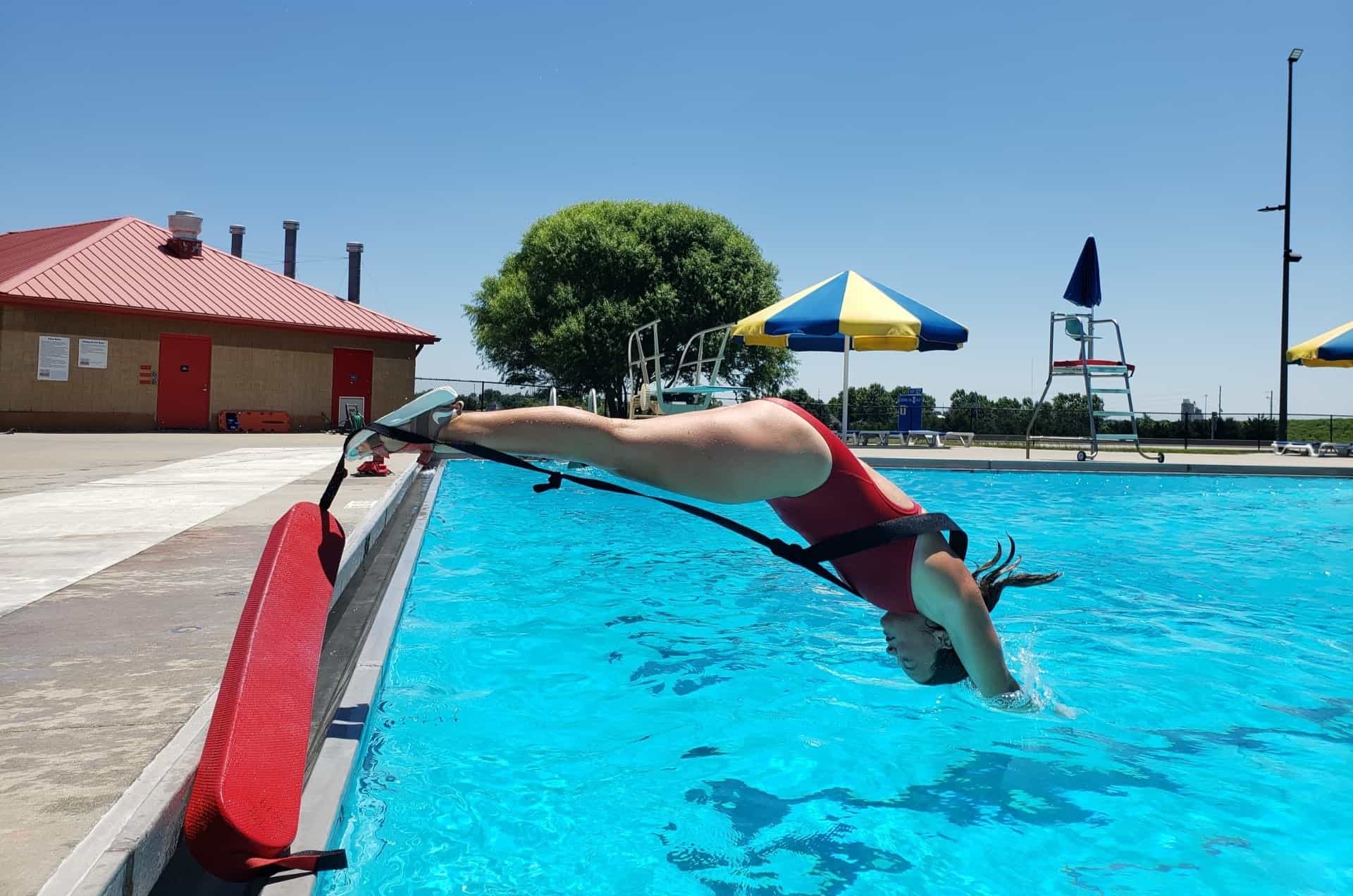
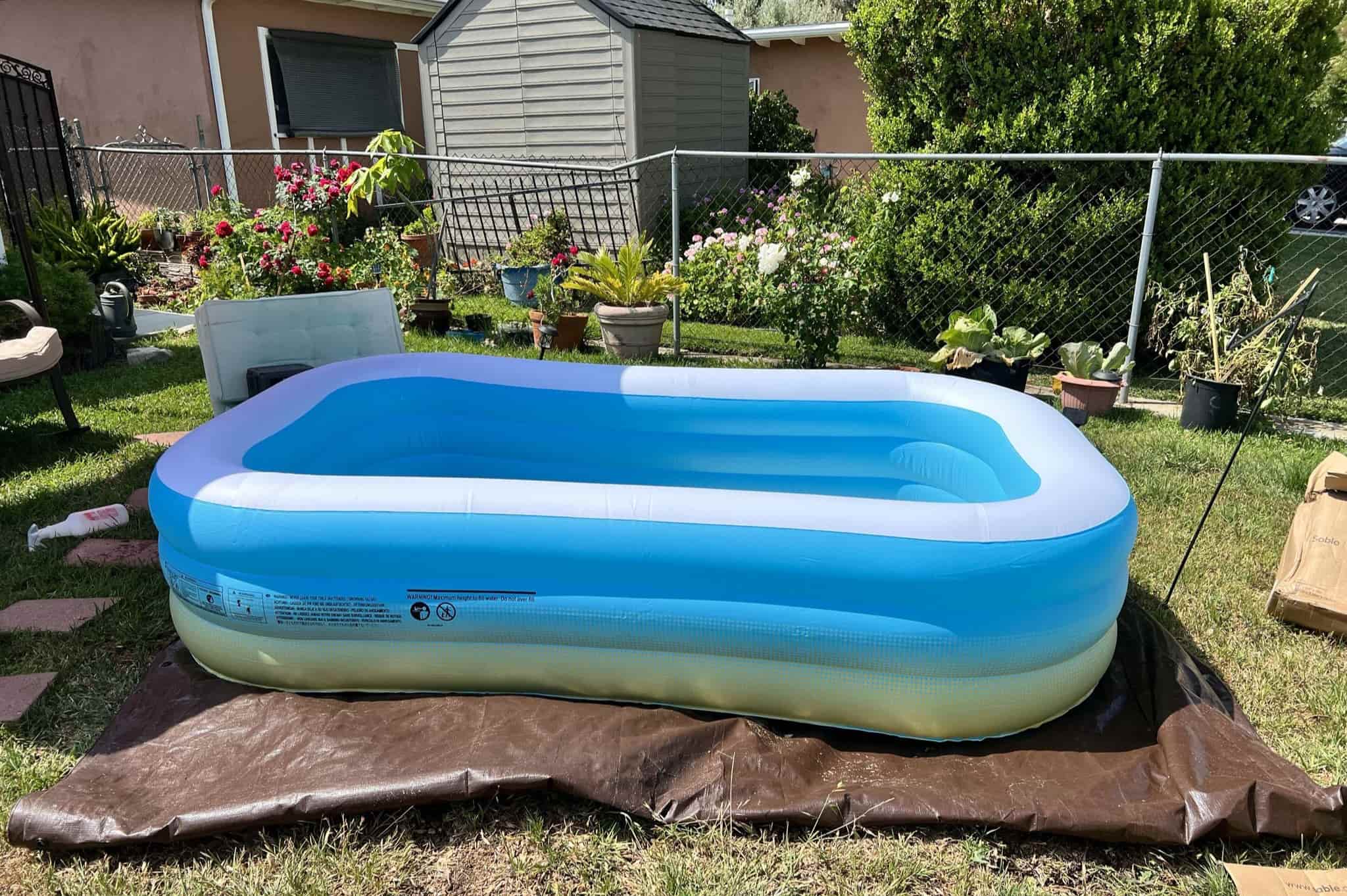
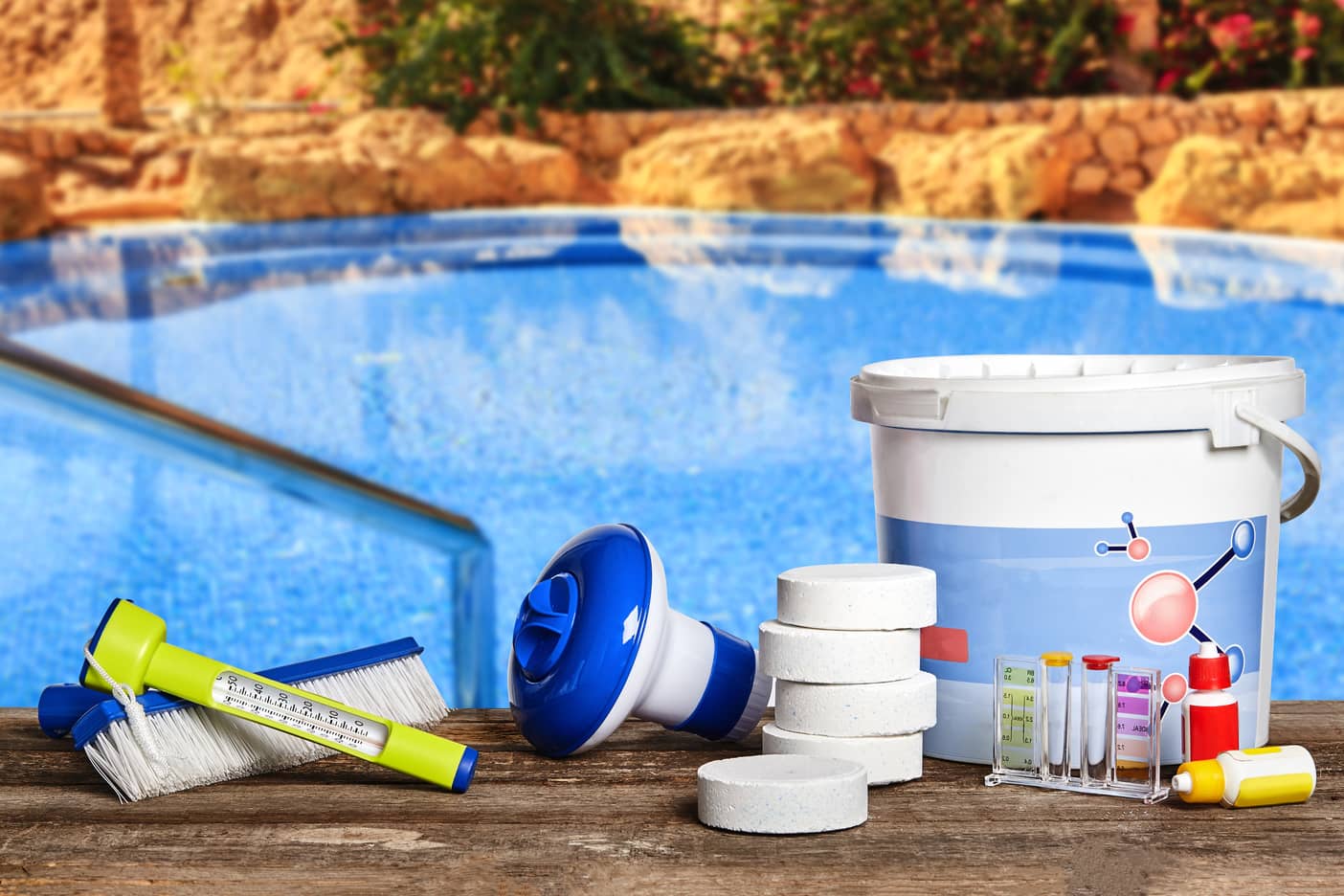
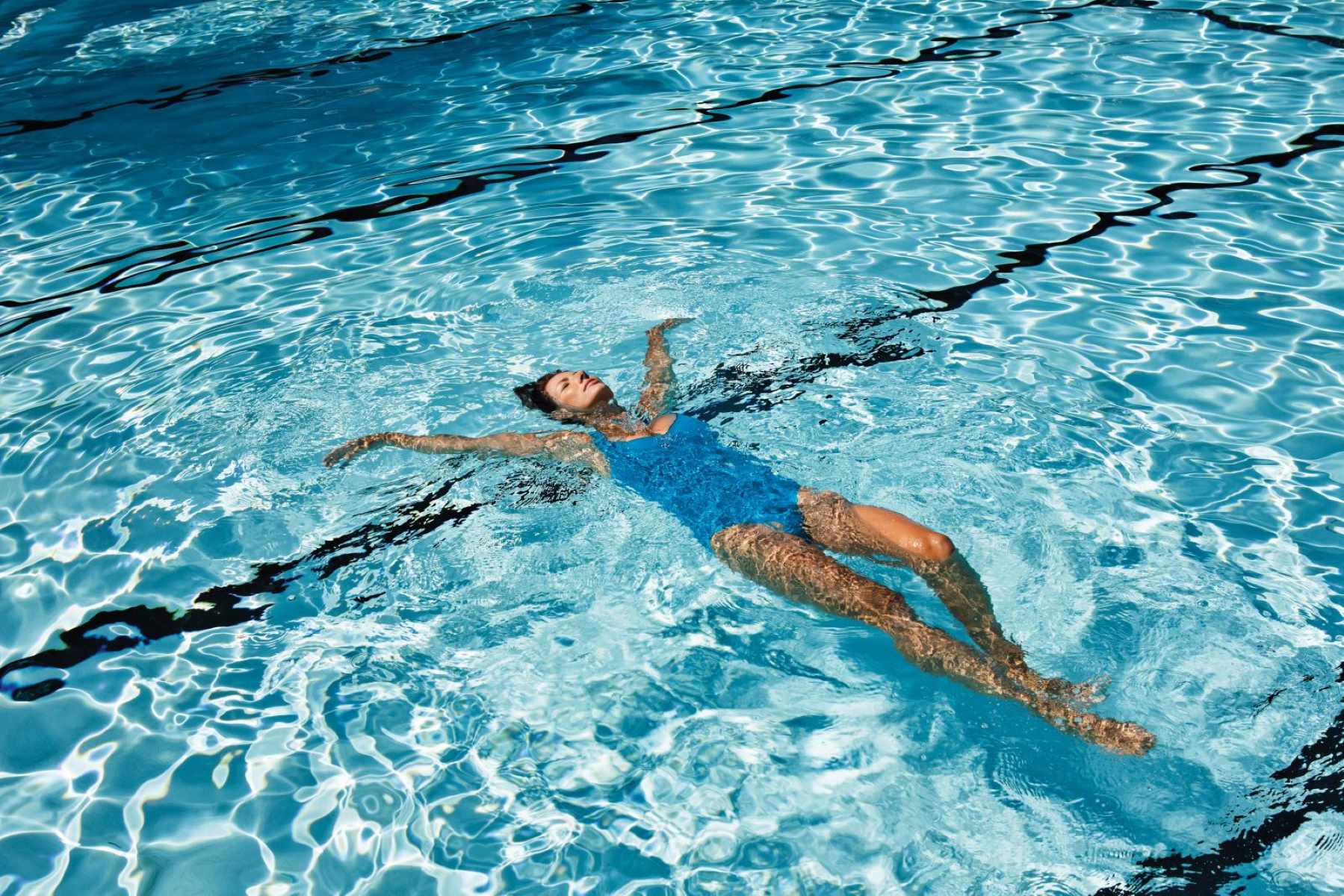

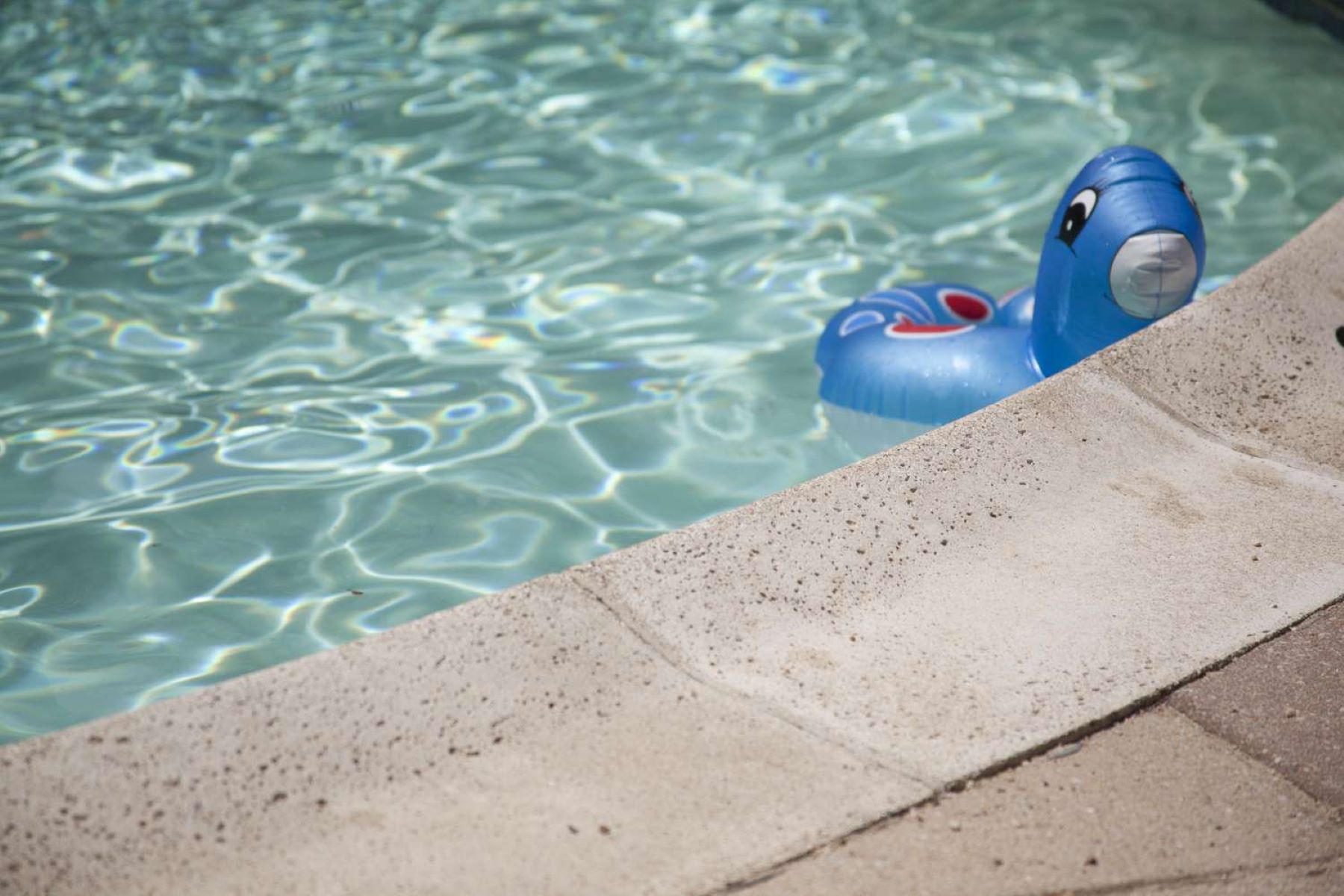

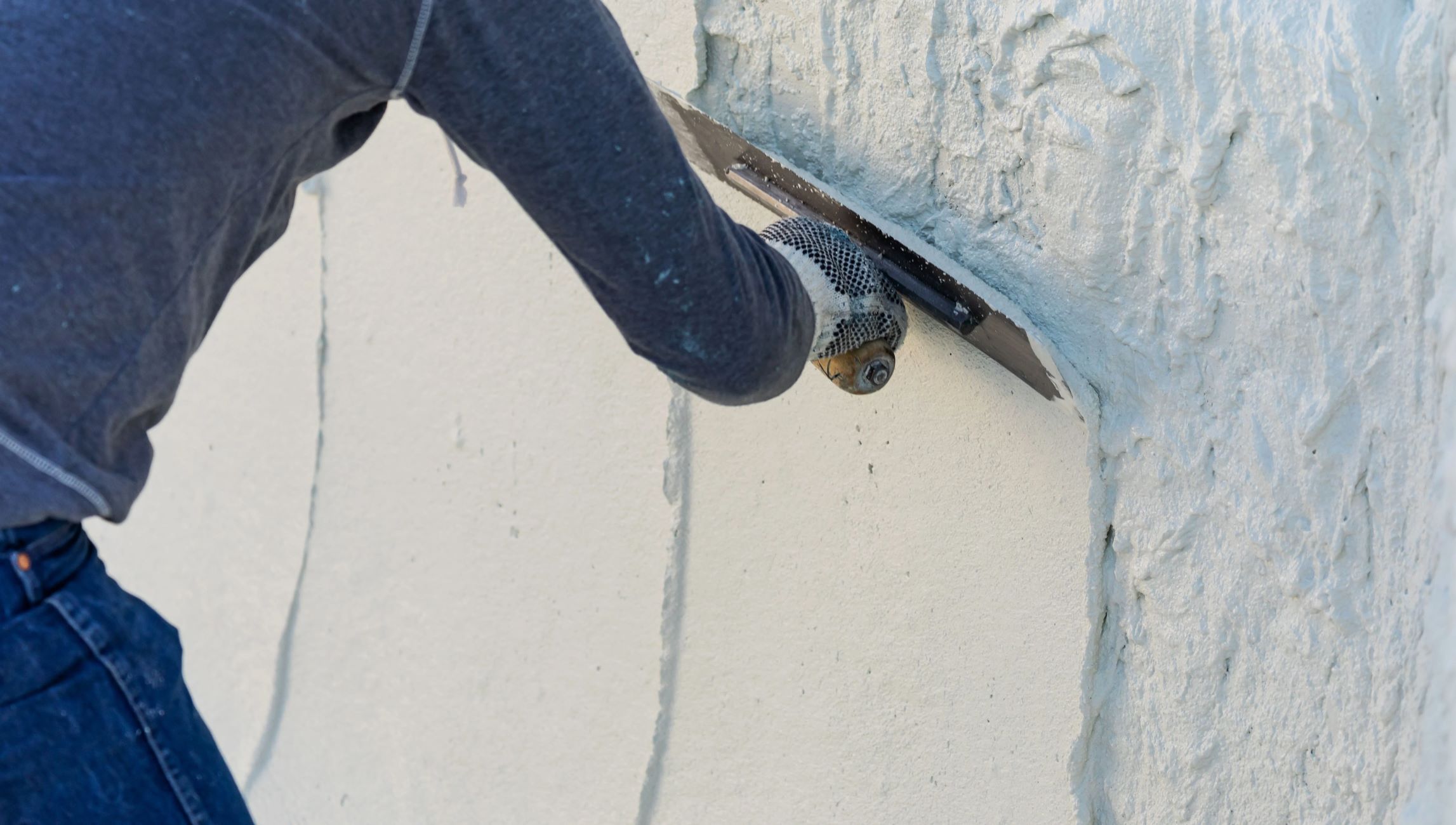
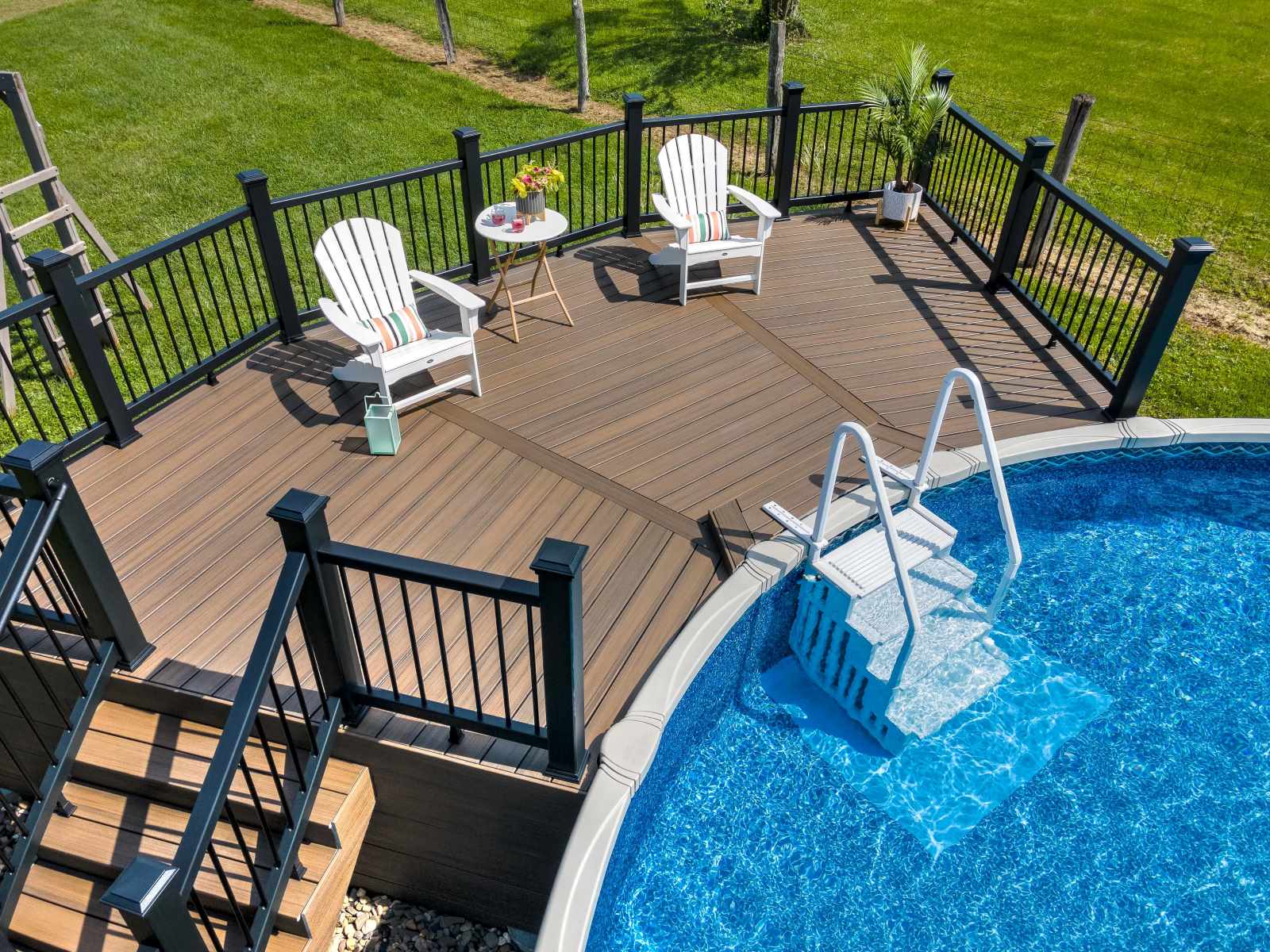
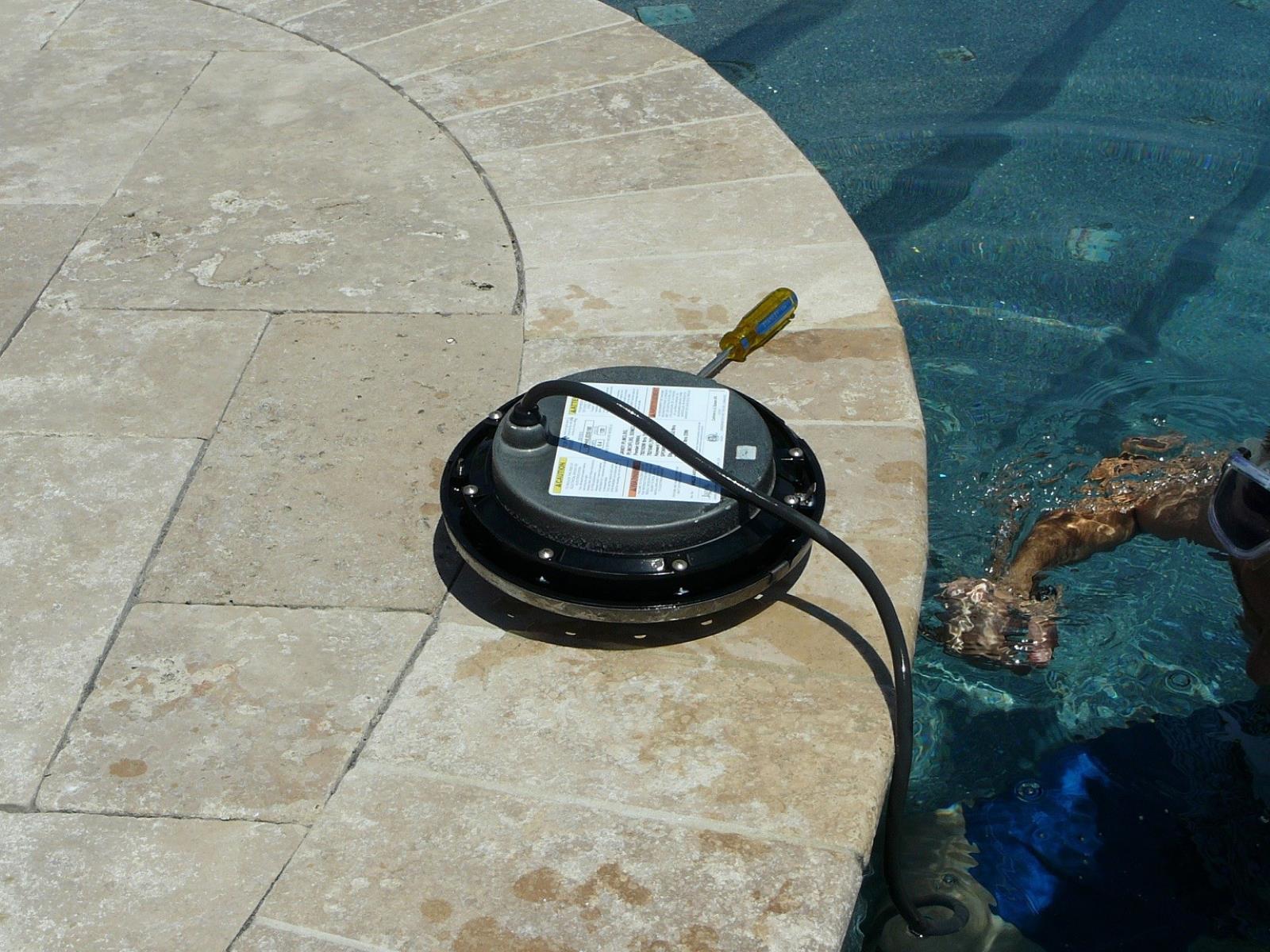

0 thoughts on “How To Repair A Swimming Pool Pump”